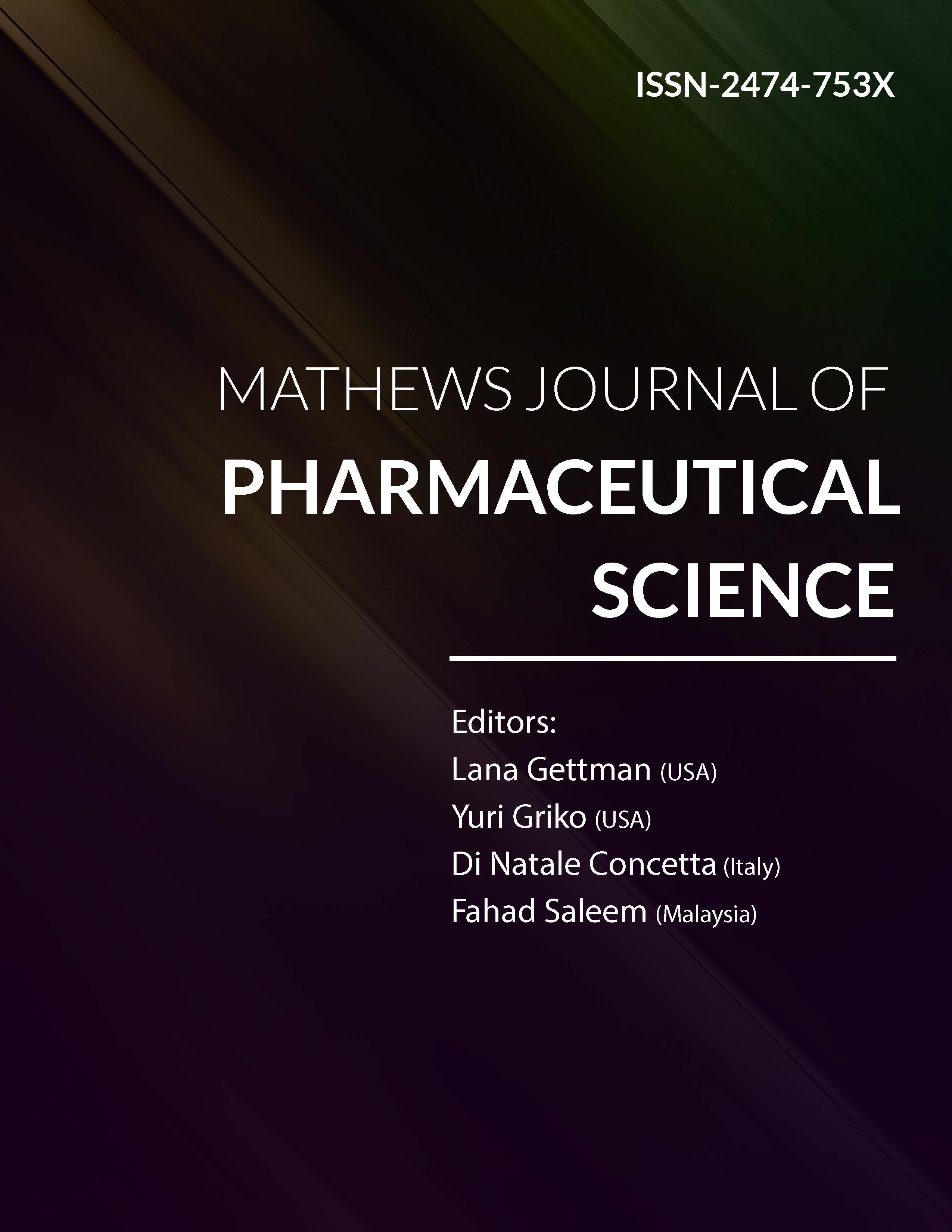
Information Links
Previous Issues Volume 1, Issue 1 - 2016
Anti-Melanoma Agents Derived from Fungal Species
Anna Kilimnik1 , Valery M Dembitsky2
1National Institute of Water and Atmospheric Research, Private Bag 14-901,Wellington6241, New Zealand.
2Institute for Drug Discovery, P.O. Box 45289, Jerusalem 91451, Israel.
Corresponding Author: Valery M Dembitsky, Institute for Drug Discovery, 8 Ha-Marpe Str., P.O. Box 45289, Jerusalem 91451, Israel, Tel: +972-526877444; E-Mail: [email protected]
Received Date: 27 Feb 2016
Accepted Date: 03 Mar 2016
Published Date: 16 Mar 2016
Copyright © 2016 Dembitsky VM
Citation: Dembitsky VM and Kilimnik A. (2016). Anti-Melanoma Agents Derived from Fungal Species. Mathews J Pharm Sci. 1(1): 002
ABSTRACT:
Ozone depletion by anthropogenic gases has increased the atmospheric transmission of solar ultraviolet-B radiation. There is a logical link between the natural defenses of terrestrial and marine organisms against UV radiation and the prevention of UV-induced damage of human skin. UV light degrades organic molecules such as proteins and nucleic acids, resulting in structural changes that directly affect their biological function. Compounds that block UV can be potentially developed for human use. The biological roles of more than 130 natural sunscreens, tyrosine and melanin inhibitors as a defense against solar radiation in fungal species, together with their structure, distribution, regulation, and effectiveness are reviewed.
KEYWORDS:
Anti-melanoma; Tyrosinase; Inhibitors; Sunscreens; Fungi; Fungal Endophytes; Lichens.